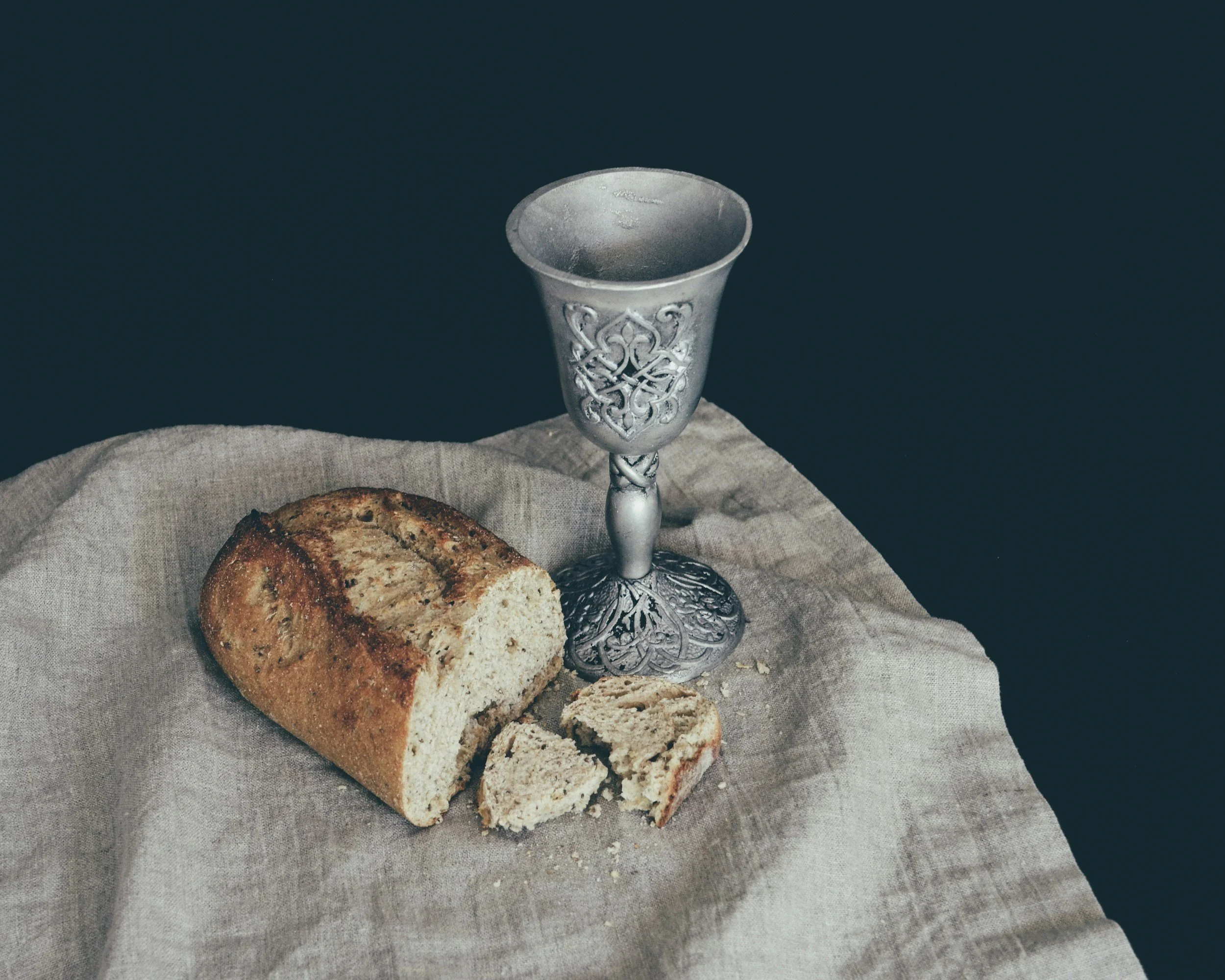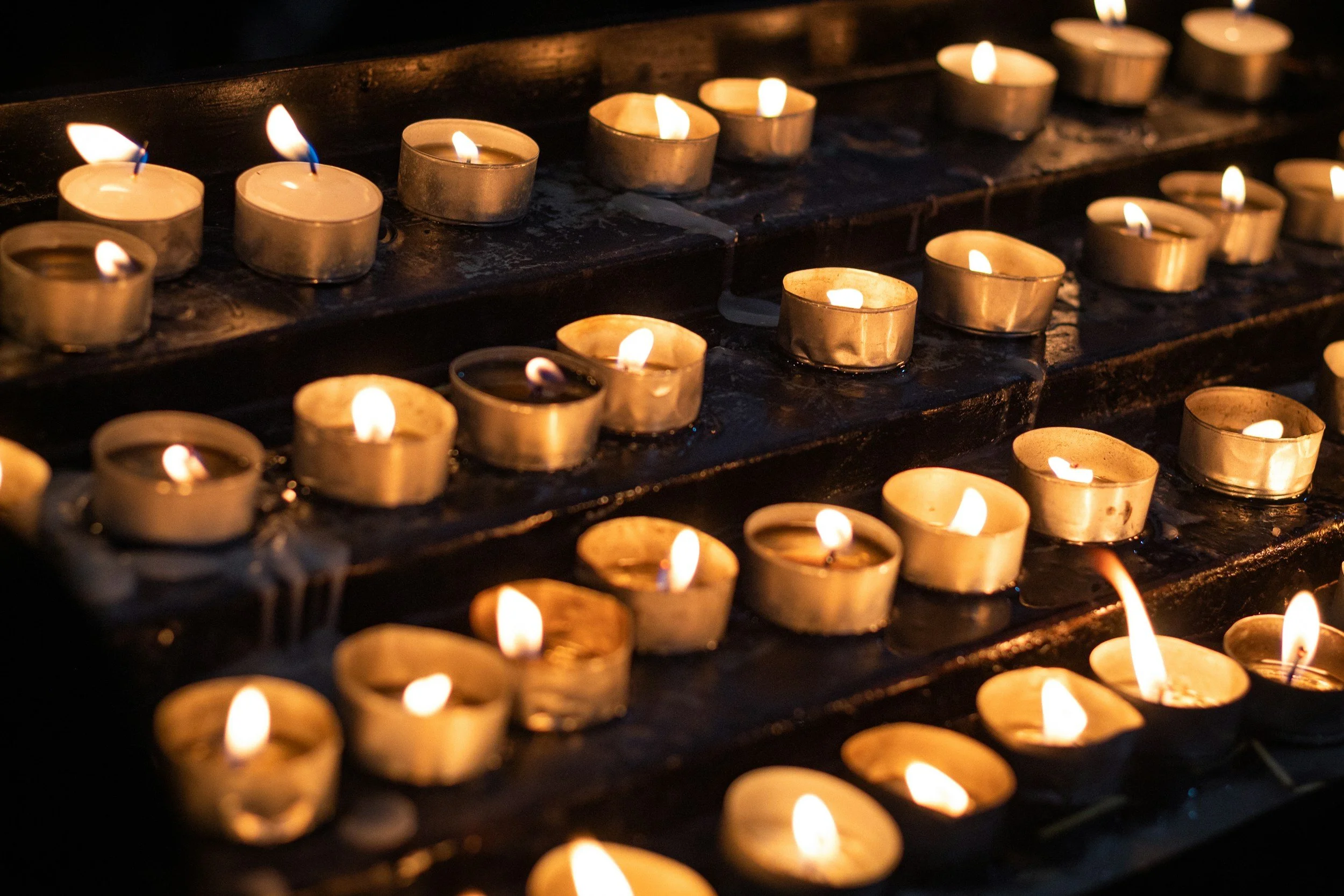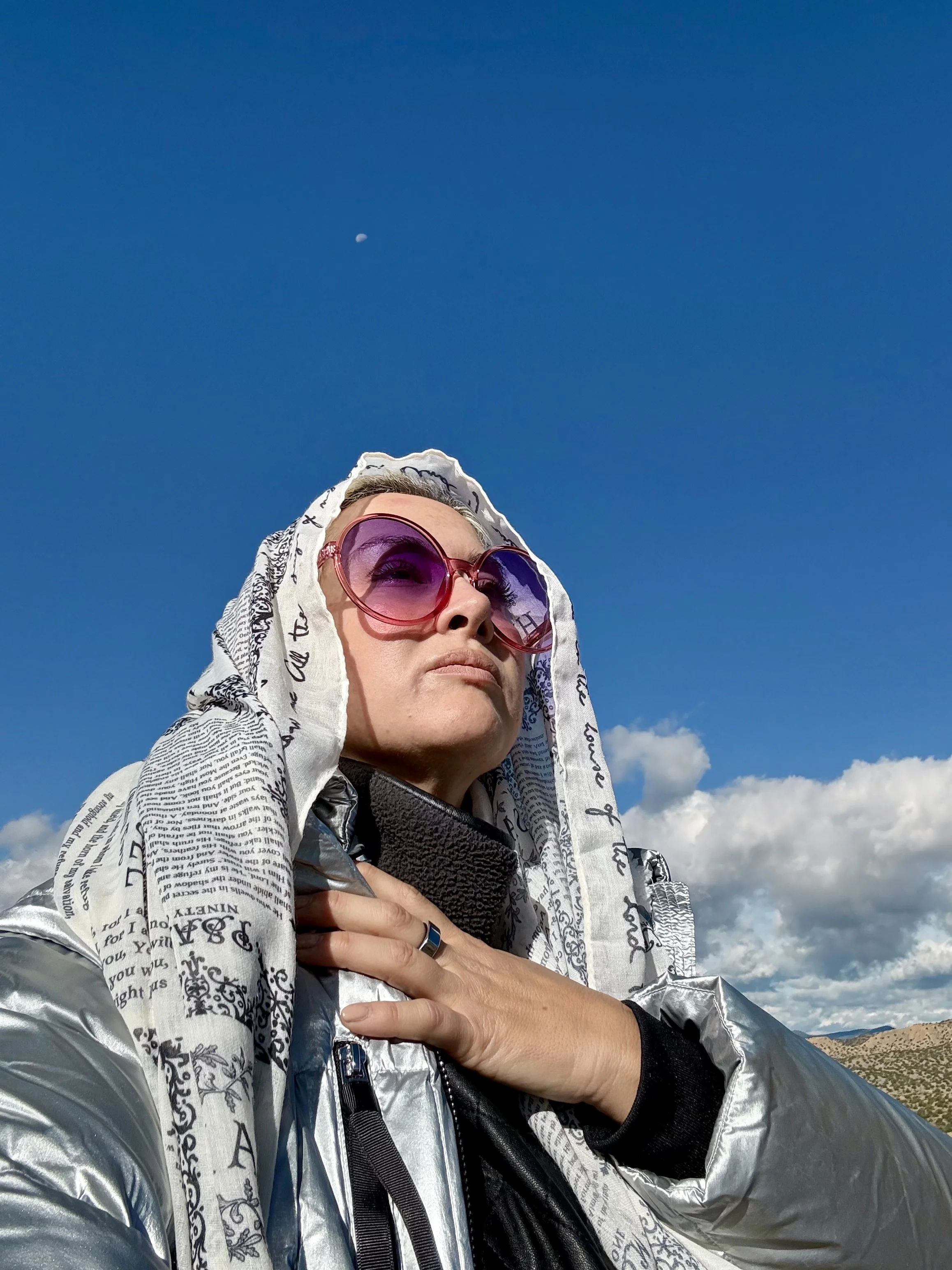The Returning: The Way of the Traditionalist
For the Traditionalist, ritual is not an empty formality — it is the rhythm of divine remembrance. Within sacred structure, the Traditionalist finds a steady heartbeat, an embodied language of devotion that anchors the soul when the world feels unmoored.
The Beauty of Holy Order
In a culture addicted to constant motion and novelty, repetition can feel confining. But for those who walk this pathway, structure is not a cage — it is a chalice.
A vessel that holds the wine of Spirit.
A sacred container through which the mystery can pour.
The Traditionalist encounters God through the beauty of holy order — through liturgy, sacraments, fasting, and the sacred cadence of the church calendar. They find meaning in what endures. They trace the rhythms of faith not as rote duty, but as spiritual muscle memory — the body remembering what the soul already knows.
As the mystics remind us, the purpose of ritual is not to get to God, but to awaken to God’s nearness within. The lighting of a candle becomes more than symbol — it becomes revelation. The prayer beads slipping through fingers are no longer tools for focus, but tangible expressions of Presence.
We speak of receiving grace through sacraments and sacramentals, but it’s absolutely imperative we recognize that while these rituals of sanctification have potency, they are not magical spells which dump some sort of spiritual energy on a person without regard to their individual will…
These are tools for humans which God has provided so we have some specific and concrete time, place, and medium through which we knowingly come to terms with His gift. But a large part of spiritual life is learning to remain open to His grace at all times, always ready to embrace it regardless of whether one is in church, praying, or just driving to work.—Christopher Boozell, Tantric Christianity
When Form Holds Spirit
Tradition, when entered into with love, does not bind us; it liberates us into rhythm. Just as the river needs its banks, so does the Spirit move freely through form.
For the Traditionalist, faith is not meant to be reinvented every morning; it is meant to be remembered. It is a living lineage — from the psalms sung in David’s temple, to the chants of the early church, to the soft murmur of prayer echoing through our own rooms today. This is the way of devotion through continuity — an echo of eternity carried in the cadence of worship.
And yet, the invitation for the Traditionalist is always the same: To keep the flame alive within the form, to let Spirit breathe through structure, and allow ritual to be not performance, but participation. As Brother Lawrence wrote, “We can do little things for God; I turn the cake that is frying on the pan for love of Him.” Even the smallest act, done in awareness, becomes prayer.
The Nondual Lens: When Heaven Meets Earth
In the contemplative way of seeing, there is no separation between sacred and secular, no division between ritual and reality. The Traditionalist is invited to experience the truth that God is not confined to the sanctuary, but saturates it all — the candlelight and the morning coffee, the sanctuary and the street.
Ritual, then, becomes a mirror:
Not a means to find God, but a way to see God more clearly.
Not an escape from the world, but a deepening into it.
Each repetition — each bow, blessing, and breath — becomes an act of alignment with the One who was, and is, and is already here.
Reflection Questions
What sacred rhythms or rituals bring you comfort and connection?
Are there practices from your faith tradition that you feel drawn to reclaim or reimagine?
How might you allow ritual to become not obligation, but embodiment — a way of letting God move through you?
Suggested Practice: A Candle Liturgy
This week, choose one small ritual and return to it daily. Perhaps lighting a candle before prayer, pausing for gratitude at meals, or reading a single psalm each night. As you do, whisper:
“Christ, You are the Light of the world — and You are here.”
Watch the flame.
Feel your breath join its rhythm.
Let the stillness reveal what has always been true: that even here, even now, you are standing on holy ground.
Founder’s Note:
As the Founder of Loto Wellness Collective, I’ve come to see ritual as both anchor and art form — the quiet architecture that holds our communion with God.
There was a season in my life when the world moved too fast, and I forgot the sacred rhythm of pause. It was through reclaiming ritual — candlelight prayers, Sabbath rest, and seasons of retreat — that I began to remember the Presence that had never left.
At Loto, every offering carries that same heartbeat. Our retreats, guided meditations, and contemplative gatherings are designed to help you slow down, breathe deep, and return to the holy rhythm of your own life.
If you long to weave beauty and devotion into the fabric of your days, we invite you to join us — whether through a seasonal retreat, a Forest Church gathering, or a quiet practice in your own sacred space. Together, may we learn to keep the flame alive within the form.
With Love, unconditionally— Jennifer
Next in The Great Returning:
And yet, even as some find God in the sacred rhythm of altar and liturgy, others meet the Holy beyond the walls — in wind and river, in wildflower and sky. For the next pathway in The Great Returning, we’ll wander from sanctuary to soil and explore The Way of the Naturalist — where creation itself becomes the cathedral, and every leaf whispers the name of God.
Disclosure: This post may contain affiliate links. If you click through a link and make a purchase, it will earn me a small commission, at no additional cost to you! See our disclaimer for details.












Caregivers meet God not in grand missions, but in small mercies. In washing a sink full of dishes for someone who’s overwhelmed. In sitting beside a friend who has no words left. In showing up when it would be easier to turn away.